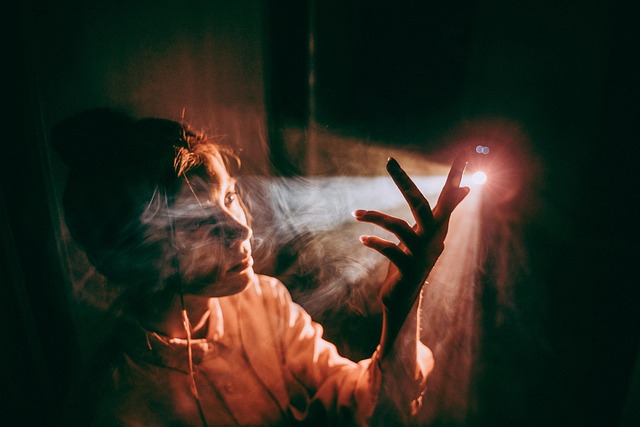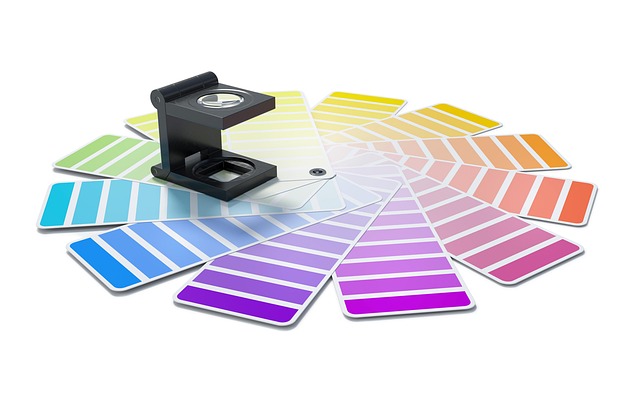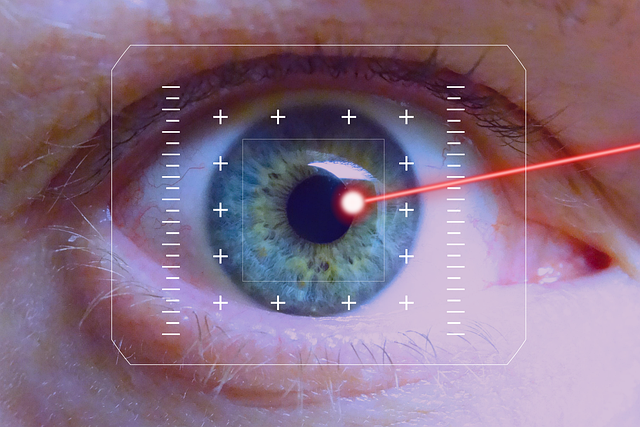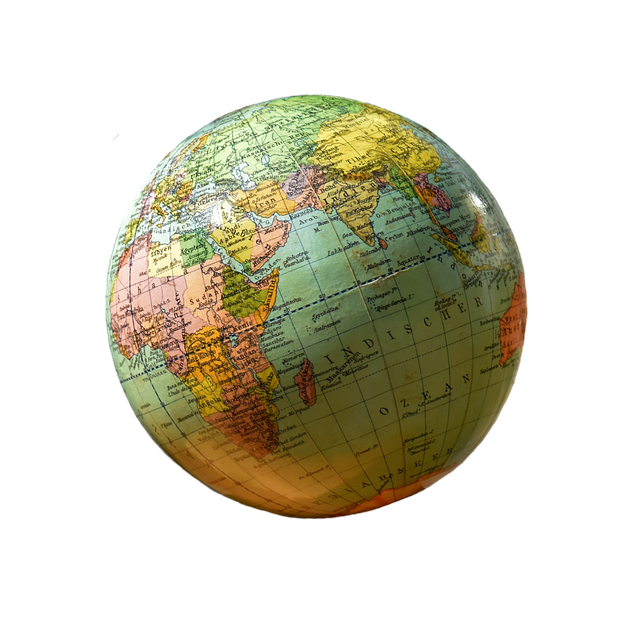When a photographer steps into a studio, a kitchen, a forest clearing, or a bustling street corner, the first thing that often catches their eye is not the subject itself but the way light plays across the scene. A subtle, elongated line of darkness can be as compelling as a burst of color, as it adds depth, tension, and narrative to an image. In the language of visual art, the element that is often underestimated, yet most powerful, is the shadow. Its presence or absence can transform a photograph from a simple record into a piece of storytelling.
The Anatomy of a Shadow
Before delving into how shadows can be harnessed in composition, it helps to understand what a shadow really is. A shadow is an area of darkness that results when an opaque object blocks the path of light. The shape and intensity of a shadow depend on three primary factors: the light source, the object’s geometry, and the distance between them.
- Light source. A point source, like a single lamp, creates sharp, well-defined shadows, whereas a diffuse source, such as a clouded sky, produces soft, feathered edges.
- Object geometry. A smooth, rounded surface casts a gentle, curved shadow, while a sharp-edged object creates a hard-edged silhouette.
- Distance. The farther the object from the light, the larger and lighter the shadow tends to be; the closer it is, the darker and more pronounced it becomes.
By manipulating these variables, a photographer can sculpt shadows into deliberate visual elements that guide the viewer’s eye.
Shadow as a Narrative Device
Consider a lone tree standing in an otherwise empty field. The long shadow it casts stretches across the grass, suggesting the tree’s presence and hinting at the time of day. In a photograph, the shadow can imply movement, distance, or even a hidden subject. It can suggest that a person is stepping through a doorway, or that a city’s skyline is looming on the horizon. Thus, shadows are more than just darkness; they are storytellers.
“The shadow is not a thing that exists. It is a place where the world goes to rest,” an anonymous photographer once mused. This poetic view reminds us that a shadow is an invitation to explore the unseen, the quiet, and the subtle aspects of a scene.
Techniques for Controlling Shadow
While shadows naturally arise from any illuminated scene, the photographer can control them by adjusting the lighting setup or positioning the subject. Below are several proven techniques for manipulating shadow to strengthen composition.
- Backlighting. Placing the light source behind the subject creates a rim light that accentuates edges and can produce a dramatic silhouette if the exposure is intentionally overexposed.
- Side lighting. Positioning the light to one side emphasizes texture and form. The shadow falls on the opposite side, creating a sense of depth.
- Front lighting. A frontal light source minimizes shadows, which can be useful for product photography but may flatten the scene if overused.
- Diffusion. Using softboxes, umbrellas, or sheer fabrics spreads the light, softening harsh shadows and creating a gentler atmosphere.
- Reflectors. A white or silver reflector can bounce light into a shadowed area, filling it without eliminating the shadow entirely.
Each technique offers a distinct mood and can be combined to produce complex lighting arrangements.
Shadow in Portraiture
Portrait photography is a domain where shadow plays a pivotal role. A well-placed shadow can frame a face, highlight cheekbones, or create an intimate, moody feel. For instance, using a single side light from the subject’s left can cast a shadow across the right side of the cheek, giving the portrait a three-dimensional quality.
In contrast, a soft, even light from a large window creates a “soft box” effect where shadows are minimal. This is ideal for editorial or lifestyle shoots where the focus is on the subject’s expression rather than on dramatic lighting.
Shadow and Color Interaction
While the word “shadow” often evokes black or grey tones, shadows in photography can have rich chromatic qualities. When colored lights are used—such as LEDs, gels, or tinted filters—the shadow inherits a hue that adds an additional layer of symbolism. For example, a blue light cast from a cold window produces a blue shadow that can convey a sense of melancholy or calm.
Color gradients within shadows can also be used to direct attention. A subtle gradient from a warm rim to a cooler interior can guide the eye from the subject to a background element, creating a visual path that feels intentional and balanced.
Negative Space: The Quiet Voice of Shadow
Negative space is often overlooked in composition but is essential for a harmonious image. Shadows can serve as negative space, providing a counterpoint to the main subject. By allowing a large, uncluttered shadow to dominate part of the frame, a photographer can achieve a sense of simplicity and focus.
For example, a tree with a massive shadow that covers a wide swath of the image can isolate the tree itself, making it the focal point while the surrounding darkness offers visual breathing room.
Case Study: The Power of a Single Shadow
In a recent series exploring urban decay, a photographer captured a rusted gate in a deserted alley. Instead of emphasizing the gate’s texture, the photographer focused on the elongated shadow that stretched across the cracked pavement. The shadow, rendered in deep charcoal, became the story’s protagonist, suggesting a narrative about abandonment, time, and the unseen forces that shape the cityscape.
The composition leveraged the shadow’s symmetry, aligning it with the grid lines of the buildings in the background. The result was a striking image that communicated more through the absence of light than the presence of detail.
Practical Tips for Incorporating Shadow
- Observe the direction of natural light before setting up your scene. Sun angles change throughout the day, affecting the length and intensity of shadows.
- Experiment with light modifiers. A reflector can soften a harsh shadow, while a grid can shape it into a precise shape.
- Use a tripod when shooting long exposures in low light. This ensures that shadows remain consistent and that the camera’s motion doesn’t blur them.
- Review your images on a calibrated monitor. Subtle shadows may appear lighter on a phone screen, leading to misjudgments in exposure.
- Consider post-processing. Shadow areas can be fine-tuned in Lightroom or Photoshop to enhance contrast or bring out details without overexposing the rest of the image.
The Emotional Impact of Shadow
Shadows are powerful emotional triggers. They evoke mystery, suspense, and sometimes introspection. In photography, a shadow can make an otherwise mundane scene feel surreal or profound. It can also signal narrative cues—like a dark corner where a character might hide, or the elongated silhouette of a lone figure walking into the distance.
Artists use shadows to convey themes such as memory, loss, or the duality of light and darkness. By mastering shadow, a photographer can tap into these universal emotions and create images that resonate deeply with viewers.
Common Mistakes and How to Avoid Them
- Overexposing the light side. When the illuminated side is too bright, the shadow becomes invisible. Always check histogram values to ensure shadows retain detail.
- Ignoring shadow color. In scenes with colored lights, failing to consider the shadow’s hue can lead to an unbalanced image.
- Forgetting about contrast. Too little contrast between light and shadow can flatten a scene. Adjust exposure or use a high-pass filter to restore depth.
- Neglecting the subject’s role. A shadow that overshadows the subject can distract. Position the subject so that the shadow complements rather than dominates.
Conclusion: Embracing the Shadow
In the realm of photography, light is often praised, but it is shadow that adds dimension, mystery, and narrative depth. Understanding the mechanics of shadow, learning to control its shape and color, and integrating it thoughtfully into composition are essential skills for any photographer seeking to create art that moves beyond the surface.
By viewing shadows not as obstacles but as collaborators, you can transform ordinary scenes into compelling stories that engage viewers, invite contemplation, and leave a lasting visual impact.




